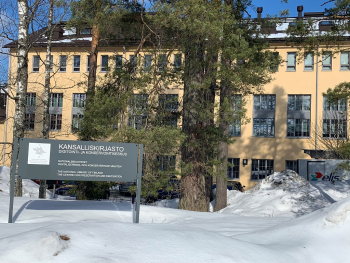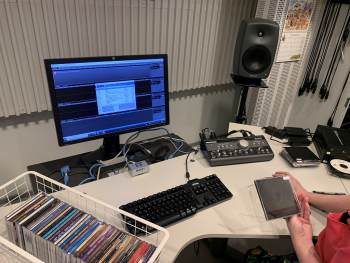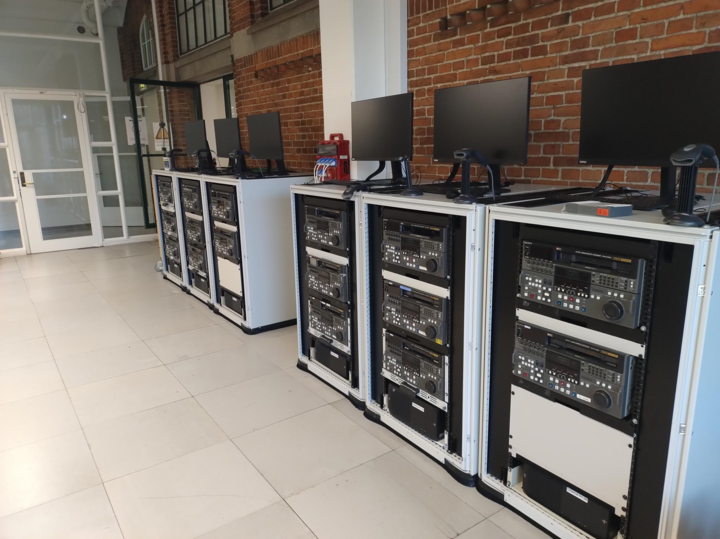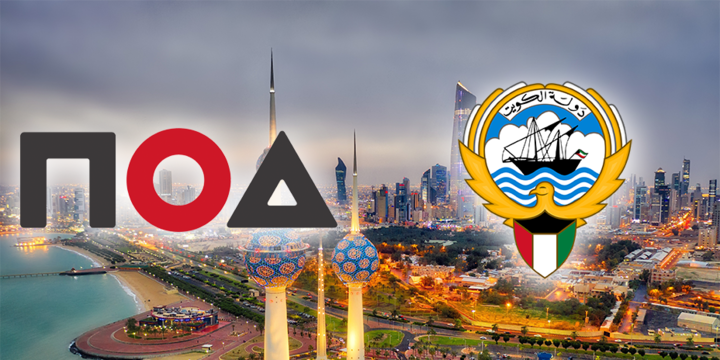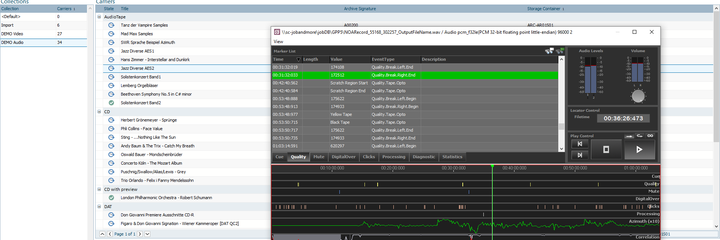The organization is responsible for the collection, description, preservation and accessibility of Finland’s printed national heritage and the unique collections under its care. Geared to researchers, students and all who are interested in the resources of the National Library of Finland, the organization has opted to continue work with NOA after 15 years of excellent collaboration.
The audio digitization unit is in Mikkeli, where library's digitisation facilities are located. As a big audio archive the library faced the task of how to preserve the fragile audio collection, which is growing year by year – a typical destiny of a national library receiving donations. The library decided to form a dedicated audio mass digitization unit to digitize as effectively as possible large quantities of audio material.
NOA has continued to provide — over the years — constant software and hardware updates, resulting in consecutive years of fruitful cooperation. The organization has been using the NOARecord with N6000/N7000c audio hardware units, a CD Lector, the NOA JobDB workflow orchestration system, MediaButler transcoding processors, as well as the DBScripter, which is a script interpreter for executing scripts in NOA systems through a basic interpreter language and an embedded integrated development environment (IDE). According to Juha Korvenpää, department manager of the National Library of Finland, the collaboration with NOA has facilitated the Library´s efforts in preserving its valuable cultural heritage.
"In 2008, after the installation was complete, we started to digitize our C-cassettes. We built two studios for this purpose and a third studio for larger audio tape players and turntables. We then digitized other audio carriers, including CD-discs, open-reel tapes, vinyl recordings, DAT-tapes, MiniDiscs — all using our NOA system."
said Korvenpää.
Korvenpää adds that they are still using original NOA hardware, which, he says, has been reliable and that they are slowly upgrading to the new N7000c-based system to benefit from even more flexibility while transitioning from analog to digital formats.
He explains that, in general, the organization tries to digitize large quantities in chronological order (like all recordings from a certain year) to build large digital collections useful for researchers and libraries. And therefore, the controlled workflow that NOA provides is crucial to their process.
“We noticed this when digitizing thousands of C-cassettes, but even more clearly when we started to digitize CD discs three years ago; the data transfer process allows on the one hand to be very fast, and on the other hand to collect low level C2 information about problematic carriers for a true facsimile copy.”
Korvenpää stated.
According to Korvenpää, a key benefit of the NOA system is that it allows all necessary information about the audio publications to be maintained and updated in the system itself. “This information is automatically written into the final archive audio files during the digitization process,” he explained, “we add descriptive information and the NOA system automatically fetches the technical metadata and information about playback devices; the system also provides information, such as who carried out the digitization, when, and the technical quality of the process because the organization wants to ensure that final audio files include correct metadata to help identify them later.”
“Together with the NOA support team we have also added some special steps for the digitization process so that it better suits our needs. We’ve found NOA support to be very responsive and we’ve experienced no downtime.”
concluded Juha Korvenpää.
NOA’s managing partner Jean-Christophe Kummer added:
“Considering that the National Library of Finland has an almost complete collection of all commercial audio publications in Finland, consisting of more than 160,000 audio carriers, we are very pleased to be able to assist the organization in preserving its national heritage for future generations.”

